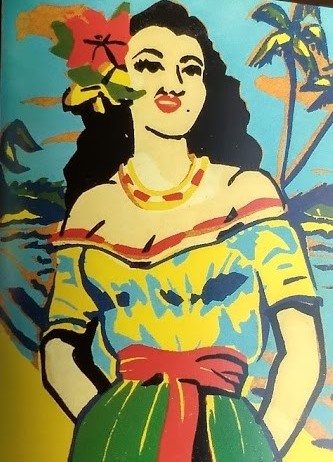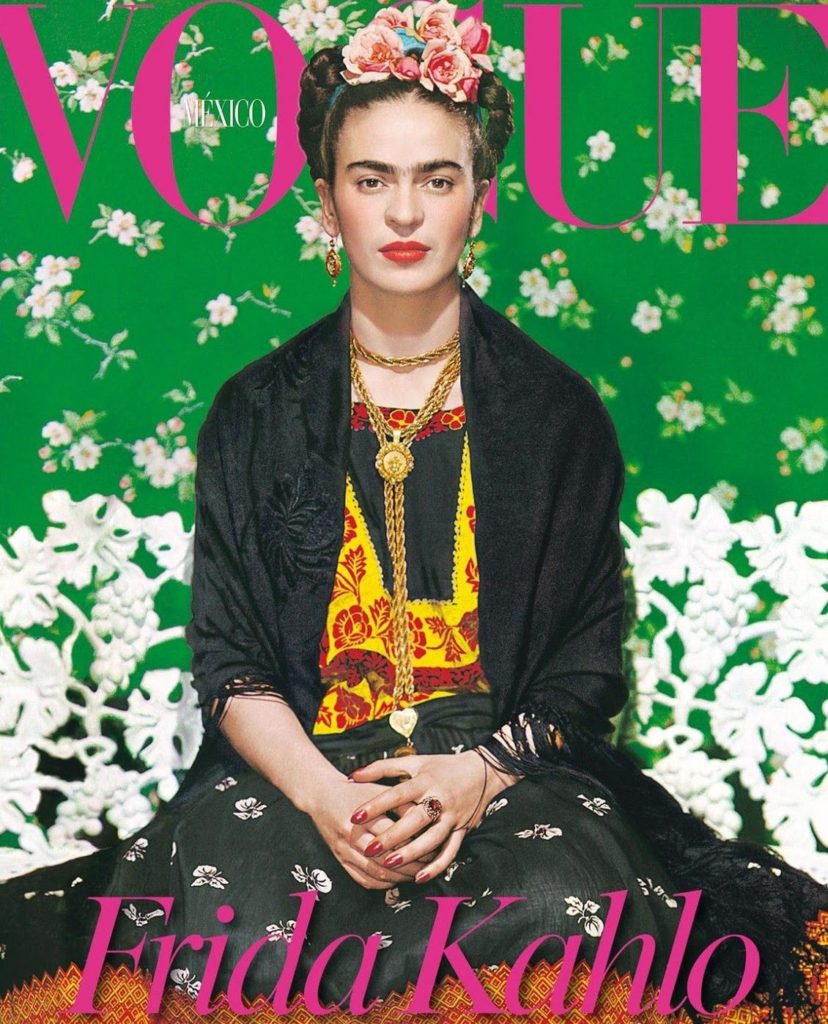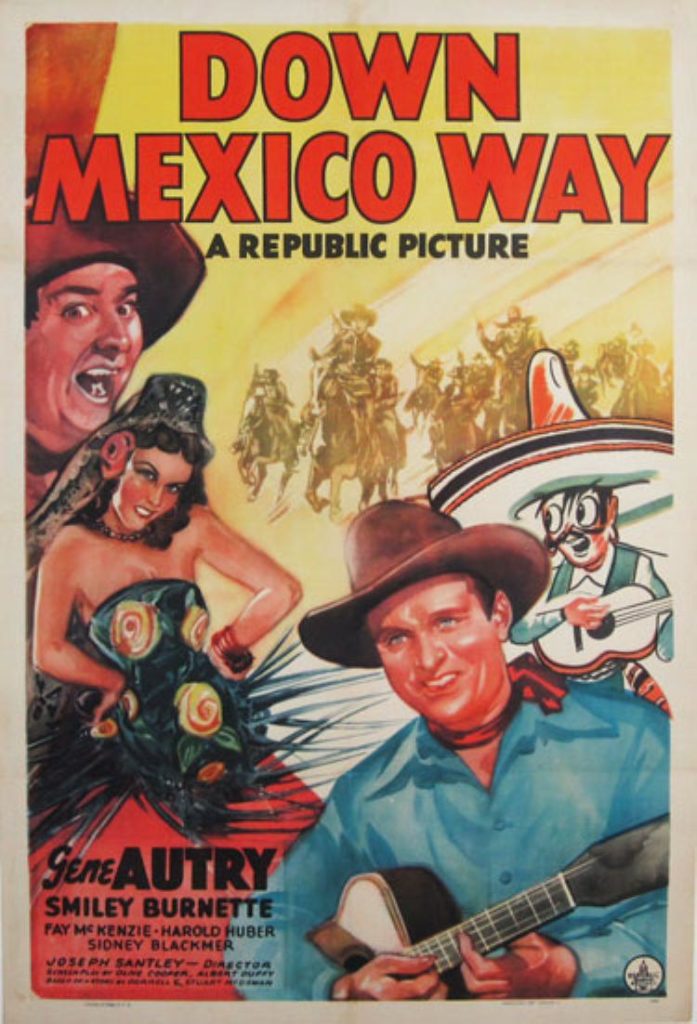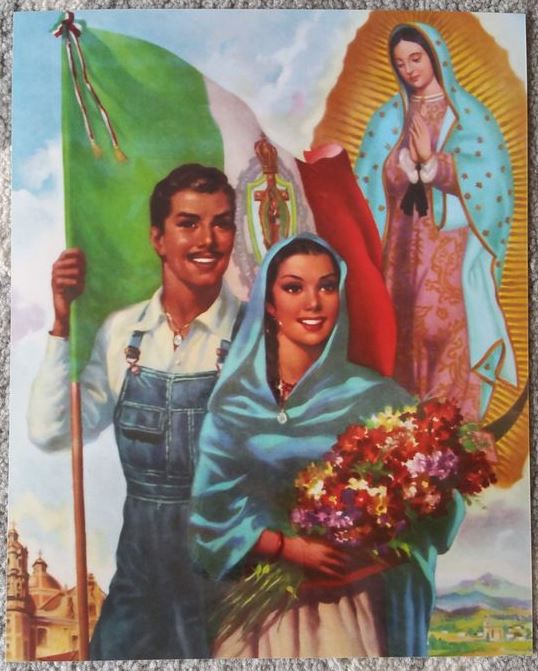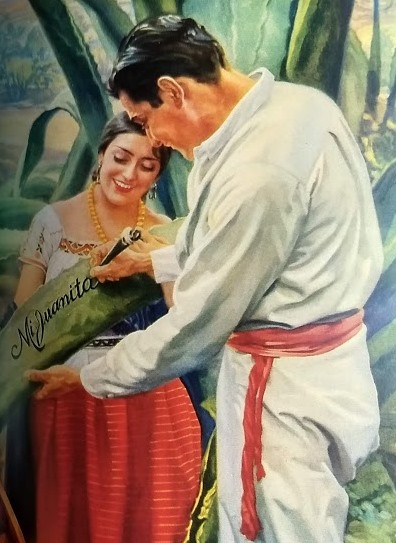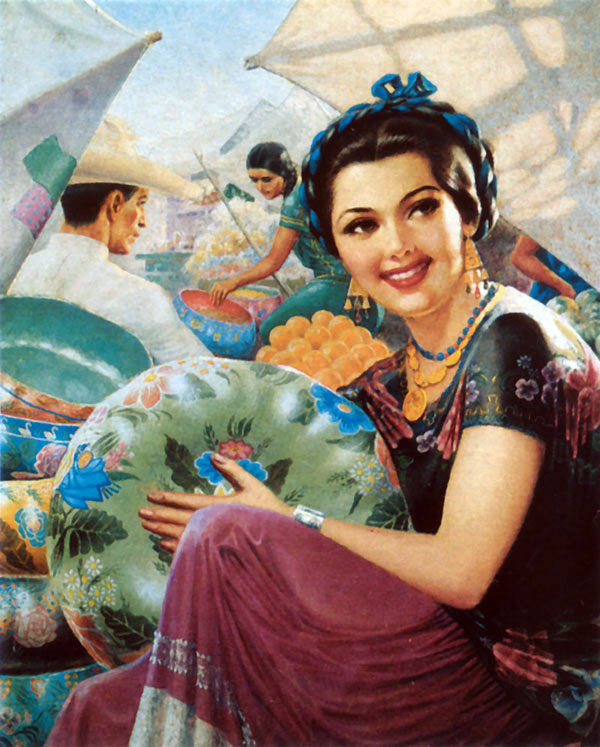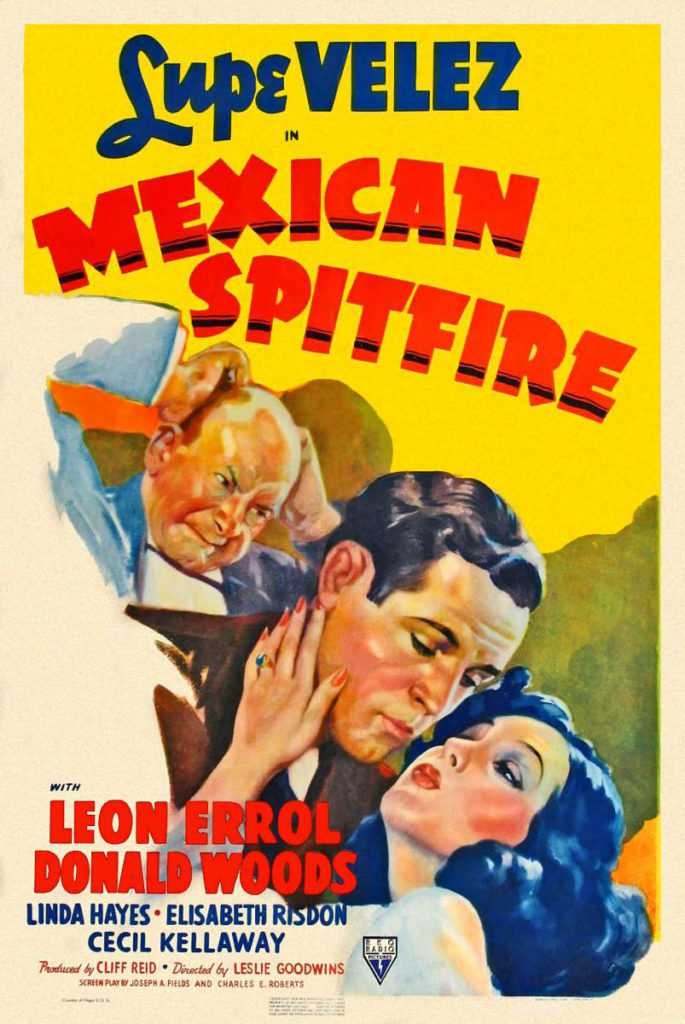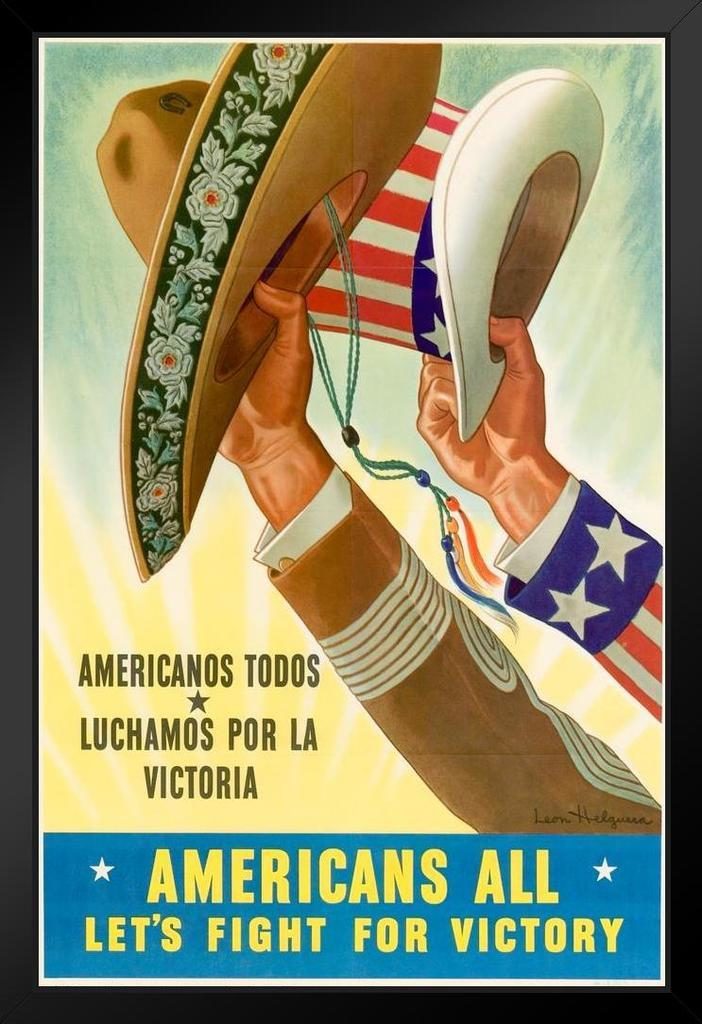381
The dominance of Hollywood imagery in pop culture often obscured Mexico’s rich graphic images of the early 1900s. The gradual rediscovery of these populist images reveal a range and sophistication of graphics.
Much of the Mexican graphic material being unearthed is the by-product of Spanish and French printing processes around since the 16th century to create devotional images for the Church. Printed art began with zest with the creator of the Catrina image, Jose Guadalupe Posada, now regarded as the father of Mexican print art.
- Animals – Anthropomorphized animals such as donkeys, roosters, and jaguars are very common in marketing as branding elements adding personality and playfulness to a design appealing to both adults and children.
- Hand drawn elements – Having imperfections is humanizing and can be very refreshing in an industry fixated on perfection.
- Bold colors – Clashing colors used in excess create wonderfully cheerful designs.
- Flag Colors – The colors of the Mexican flag are showcase patriotism with green signifying hope and prosperity, white represents peace and harmony and the red symbolizes the blood of Mexican heroes.
- Cacti – Found on everything from stationery to textiles, injecting the color and fun of the native flora.
- Skulls – Very different from the Western symbolism of skulls being macabre, skulls are lively and celebratory intended to celebrate life.
- The Devil – Depicted as comical and child-like appropriate for all ages, unlike the scary image featured in the North.
- Fine Art – Fine artists such as Diego Rivera, Frida Kahlo and José Guadalupe Posada are among many artists designers inspire to this day.


